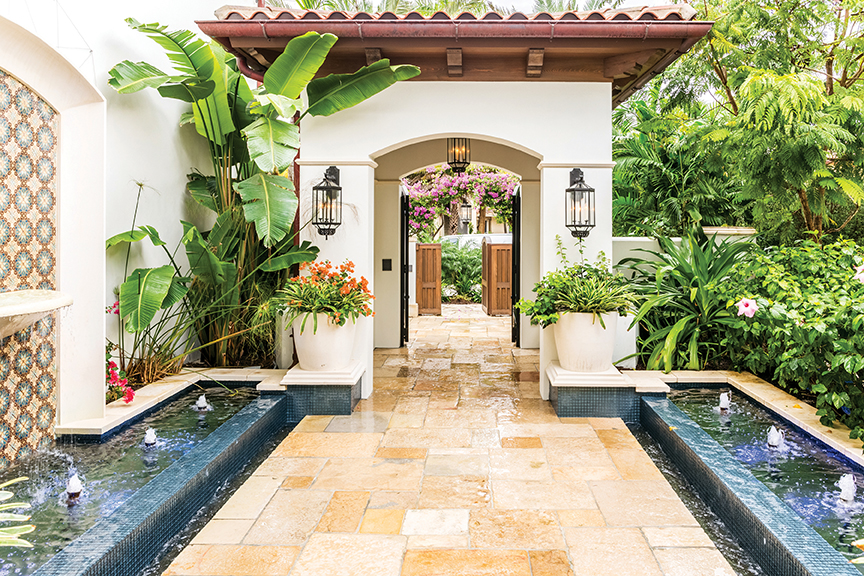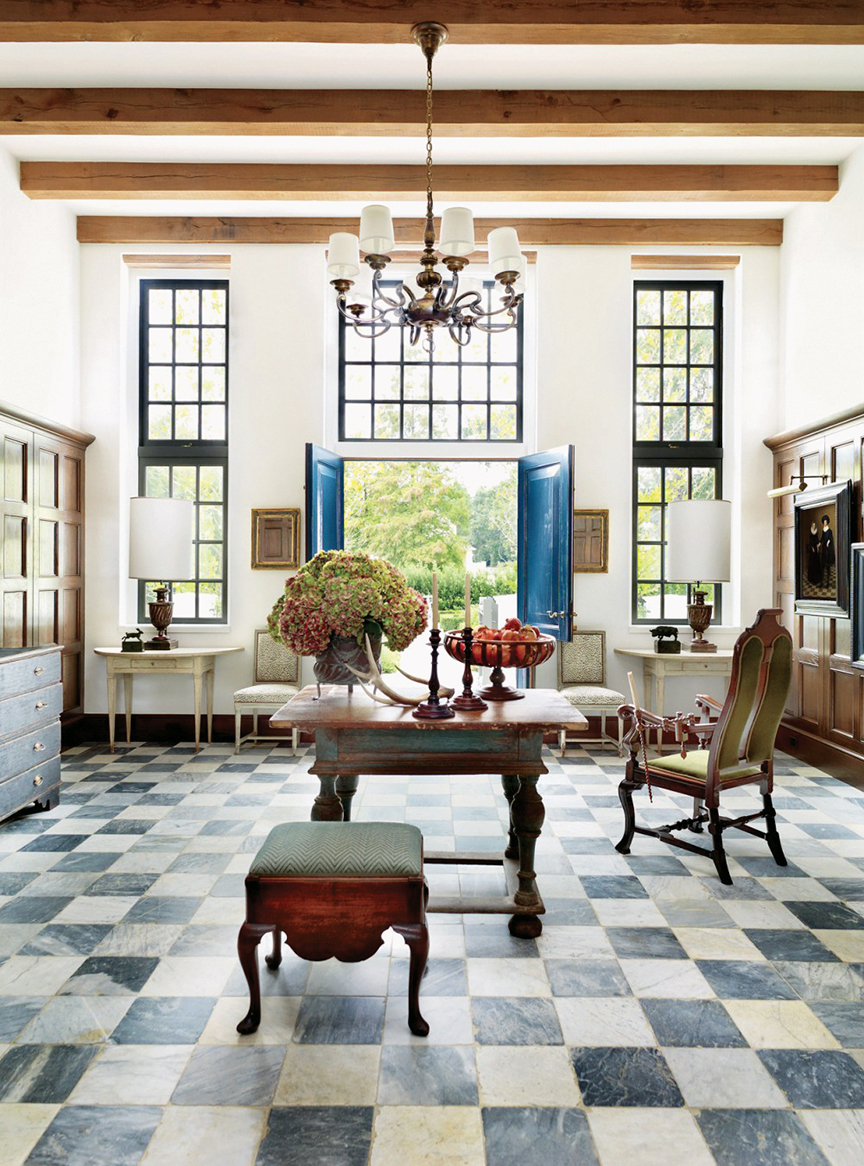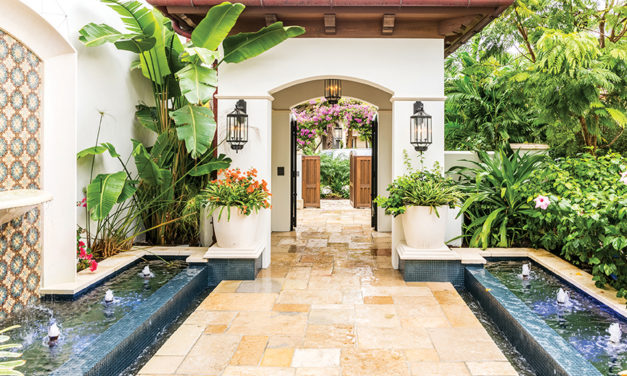
For 30 years, Paris Ceramics has been restoring elegant materials from across the globe and innovating modern designs.
Richard Abbott has spent decades returning beauty to materials that have lost some of their shine. “We started in London 30 years ago, mainly dealing with handmade and painted ceramic tiles. Then we moved into French limestones and never looked back. We are constantly searching for materials that have soul and are timeless,” he says.
The search for these materials takes Abbott and his team across the globe. Paris Ceramics reclaims limestone from France and Jerusalem, terracotta from France and Belgrade, marble from Spain and oak from France.
For Abbott, “the most interesting thing about these materials is the patina that they have acquired over the years from generations of wear. We clean and restore these to bring out this beauty. There is nothing quite like it and every piece is different and has its own character.”

The process of restoring these antique materials is a painstaking but worthy endeavor.
“We have to cut them down in thickness. We have to carefully remove the dirt and anything else undesirable on them and treat them with green solutions to ensure that there is no bacteria or fungi on the material, and bring to the fore the patina that the stone has acquired. These techniques have been developed over many years of dealing with these materials,”
he explains.
Paris Ceramics has built a reputation for creating brilliant and eye-catching patterns in its tile designs. For inspiration, Abbot finds that “going back and looking at designs from Greek, Roman, Arab and Celtic sources is a good way to develop new ideas.”
The company does not shy away from using bold patterns, specifically in its flooring designs. These patterns add another decorative element to the space. For Abbott, the patterns “ground the space, sometimes make the space appear larger and become the focal point.” Some of the geometric tile designs even appear to be in 3D, giving the space a depth and perspective it otherwise would not possess.

While patterns are what draw the eye to these floors, the feel is also important when working with these materials. “Texture is an extremely important part of natural stone. We are constantly inventing new textures both created by hand and machine. It’s all about touch and feel,” Abbott says.
Texture is crucial in both restored and new material designs. Abbott explains, “We do both reclaimed oak from France and new French oak, which we texture and treat with reactive stains that react with the tannins in the wood.” For Abbott, even new materials benefit from the use of texture treatments to bring out their inherent rustic beauty.
The future for the luxury tile market is bright. Increased consumer demand for bespoke design materials is leading to an expansion of the industry. “Each antique reclaimed floor is unique,” Abbott says. “Most antiques are becoming increasingly harder to find each year.”



Leave a Reply